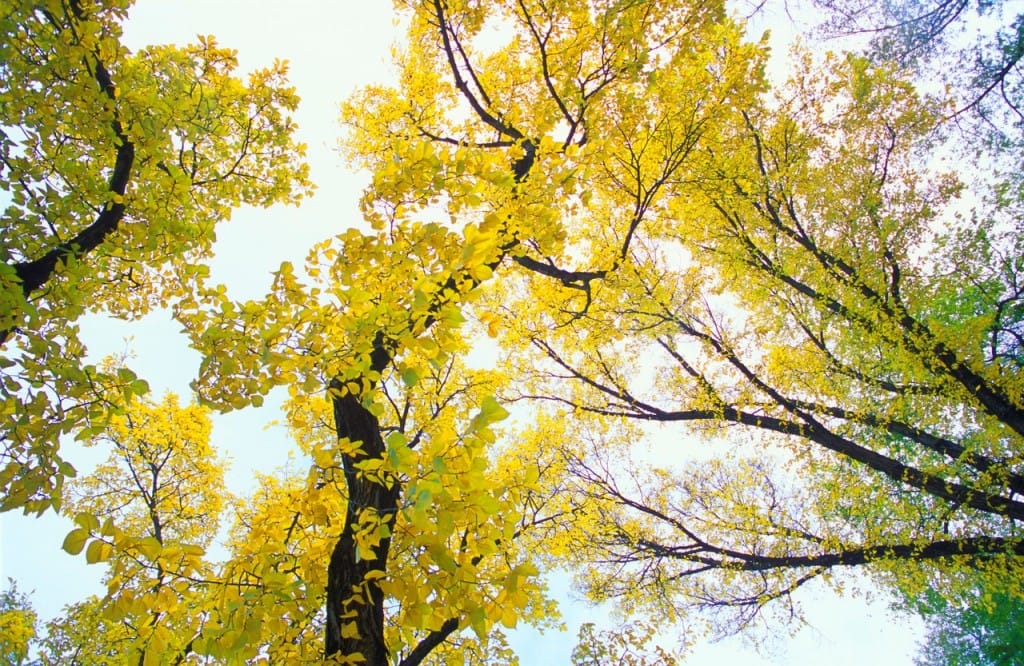Kim D. Coder Professor of Tree Biology & Health Care, Warnell School of Forestry and Natural Resources
Have you winterized your trees yet? Fall is a time of serious change and reorganization within a tree. Many trees will not survive to grow in another spring. You can help your trees survive and thrive.
Winter is a difficult time for trees. Trees must stand in the face of drying and cold winds. Food reserves must be carefully conserved for the coming needs of spring. Water continues to be lost from the tree. Any creature needing a meal chews and nibbles on the resting buds and twigs. Trees stand alone against all circumstances that the winter season can generate.
A few small investments now can pay-off in a large way, yielding a healthy and structurally sound tree.
The “Top 10 List” of things you can do to winterize your tree include:
- Remove or correct structural faults and deadwood that are clearly visible. Try to make small pruning cuts that minimize the exposure of the central heartwood core on branches.
- Properly prune branches that will touch the ground when loaded with rain and snow. Foliage and branches that are in contact with soil can invite undesirable pests and problems.
- Remove damaged and declining twigs, branches, and bark. Do not leave pests food and shelter for the winter.
- Remove any new sprouts that have grown at the tree base, or along stems and branches. Pruning should conserve as many living branches as possible with only a few selective cuts.
- Spread a thin layer of composted organic mulch to blanket the soil. Cover an area at least as large as the branch spread. Mulch is nature’s of recycling valuable materials, but be careful of pests hitching a ride.
- Properly wrap new trees that have not developed a corky bark and could be easily damaged. Mechanical injury from the environment, including chewing and rubbing by animals, must be prevented.
- Aerate soils if they are compacted and poorly drained. It is critical not to damage tree roots in the soil. Saturated and dense soil can suffocate roots.
- Fertilize with all the essential elements, if they are in short supply within the soil. Be sure to go lightly with nitrogen, especially under large, mature trees and around newly planted trees.
- Watering may be needed where soils are cool but not frozen, and there has been little precipitation. Winter droughts need treatment with water the same as summer droughts, except it is much easier to over-water in winter.
Trees are investments that require a small amount of care. For the sake of your tree’s quality of life and your own, take a few minutes to winterize your tree. Wonderful springs come from well-tended winters.
